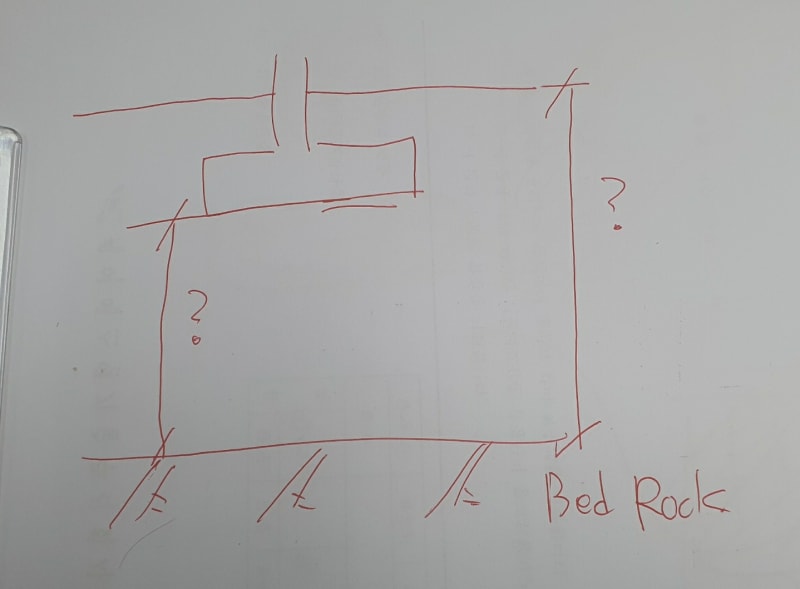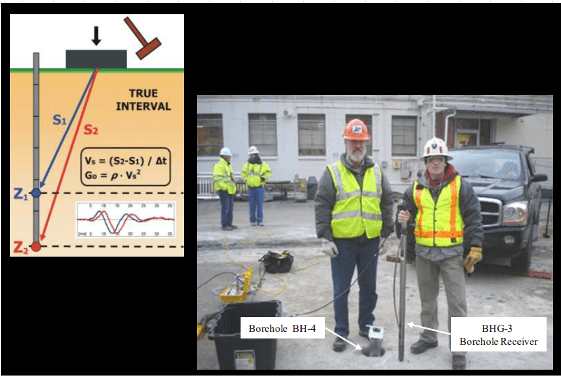I want to ask you how to classify site for seismic design ?
For example, if a spread footing is planned to under beneath ground level then site classification should be defined including all ground material from ground level to 30m depth below?
Or just be classified with soil just from the bottom of footing (not from ground level)?

For example, if a spread footing is planned to under beneath ground level then site classification should be defined including all ground material from ground level to 30m depth below?
Or just be classified with soil just from the bottom of footing (not from ground level)?


